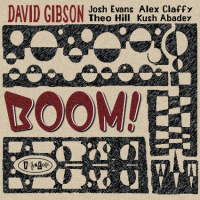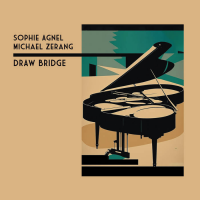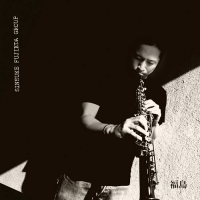Home » Jazz Articles » Album Review » Philip Glass: Low Symphony
Philip Glass: Low Symphony
15 years since Low was first released, composer Philip Glass revisited some of the material from this record. It should be noted that this is the first vinyl edition of this record as initially it was a CD only release. Characteristically for Glass, all throughout his career he has expressed openness to musical experiences and has found inspiration in some of the most unusual places. For the Low symphony he transformed three tracks from this watershed record into masterly symphonic sketches. He took the themes of the "Subterraneans," "Some Are" (released for the first time as a bonus track in 1992) and "Warszawa," and reformulated the elements of these compositions and incorporated them into his own vocabulary.
What the Low symphony showed and confirmed was Glass' interest in the avant-garde he has helped shape. Both Bowie and Eno have cited Glass' influence on their music, and back in 1971 they both attended Glass performance of Music for Changing Parts (Nonesuch, 1970) at the London's Royal College of Art and obviously it had profound influence on their work, especially Eno's. The instrumental side to Low brought the influences of Eno's ambient music and Minimalism to mass audiences. What many other would do if they were in Glass' place was to arrange these motifs note by note and using a grandiose instrumentation. But Glass has used these themes and elements as a platform and he extended and enriched the compositions both harmonically and melodically. He succeeds in reinvigorating the original melodies by spiking them with a dose of contemporary darkness. Part of the fun of this album is that the ears play tricks with the memory of the original. Some of the familiar melodies do unexpected things and as a result to that the listen is full of interesting delights. Since this is a first vinyl edition, a care has been taken for a proper transfer where all of its great sonic qualities remain intact. This reissue possesses a warm tonal balance and it further emphasizes the darker tones it posseses.
On the other hand, by using conventional orchestral interpretation of the original tracks, the Low Symphony lacks the adventurousness of the originals. The success of Bowie's Low really cannot be separated from the very studio formulations that are interwoven into fabric of the original songs and compositions. The recording techniques, the instrumentation and the strategies that Bowie, Eno and Visconti used were as integral to the effect as the tunes and the lyrics. David Bowie's Low is an inspired gathering or marriage of various elements and that is the original's achievement. While the original record reflected Bowie's mood as he withdrew in Berlin from a turbulent period in his life at the time, it also reflected his interest and the excitement of discovering the new music which was happening on the cultural scene of '70s German music and the American avant-garde. Low Symphony doesn't carry that sense, but it carries something else, an expansion of ideas. Glass' Low symphony is a result of years of mutual influences and respect. It is not a symphonic imitation, but a form of collaboration and expansion, and a separate work of its own.
Track Listing
Subterraneans; Some Are; Warszawa.
Personnel
Philip Glass
composer / conductorJunge Deutsche Kammerphilharmonie
Album information
Title: Low Symphony | Year Released: 2014 | Record Label: Music On Vinyl
Tags
PREVIOUS / NEXT
Support All About Jazz
 All About Jazz has been a pillar of jazz since 1995, championing it as an art form and, more importantly, supporting the musicians who make it. Our enduring commitment has made "AAJ" one of the most culturally important websites of its kind, read by hundreds of thousands of fans, musicians and industry figures every month.
All About Jazz has been a pillar of jazz since 1995, championing it as an art form and, more importantly, supporting the musicians who make it. Our enduring commitment has made "AAJ" one of the most culturally important websites of its kind, read by hundreds of thousands of fans, musicians and industry figures every month.




















